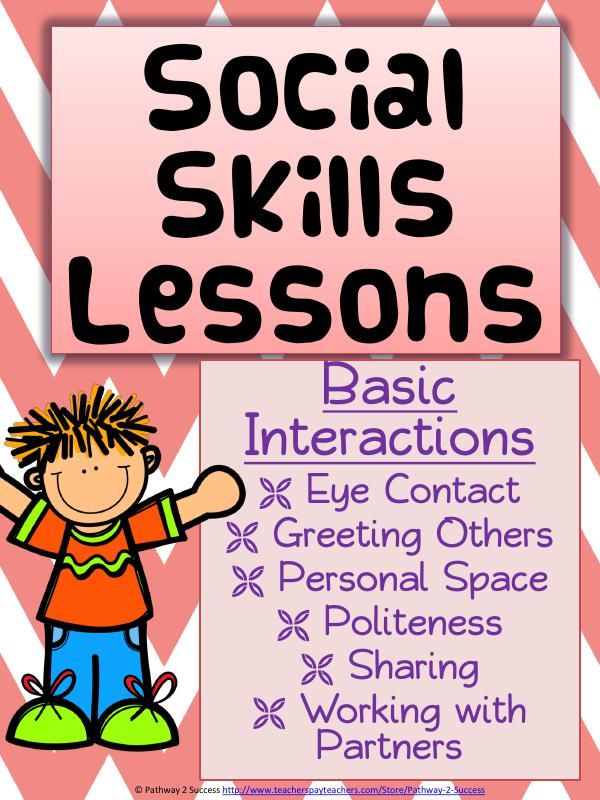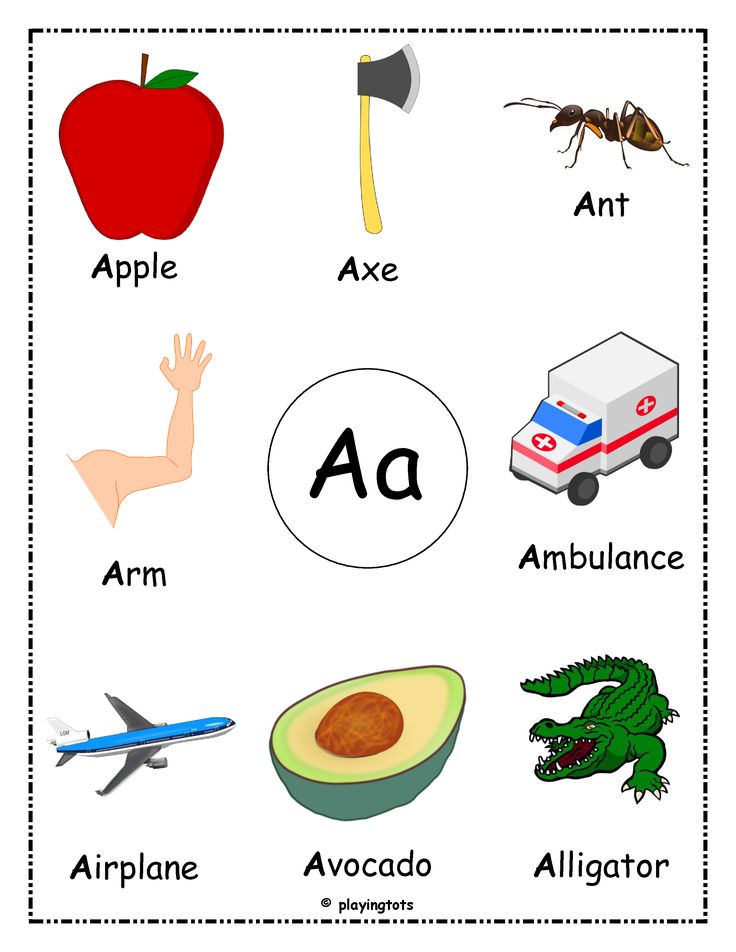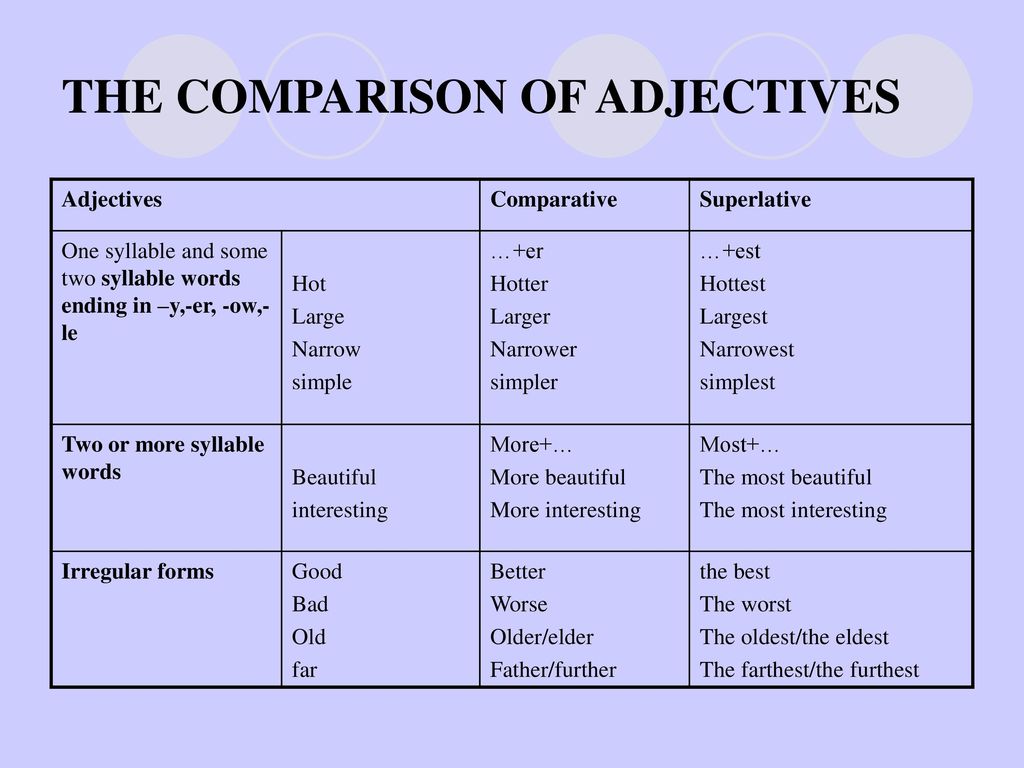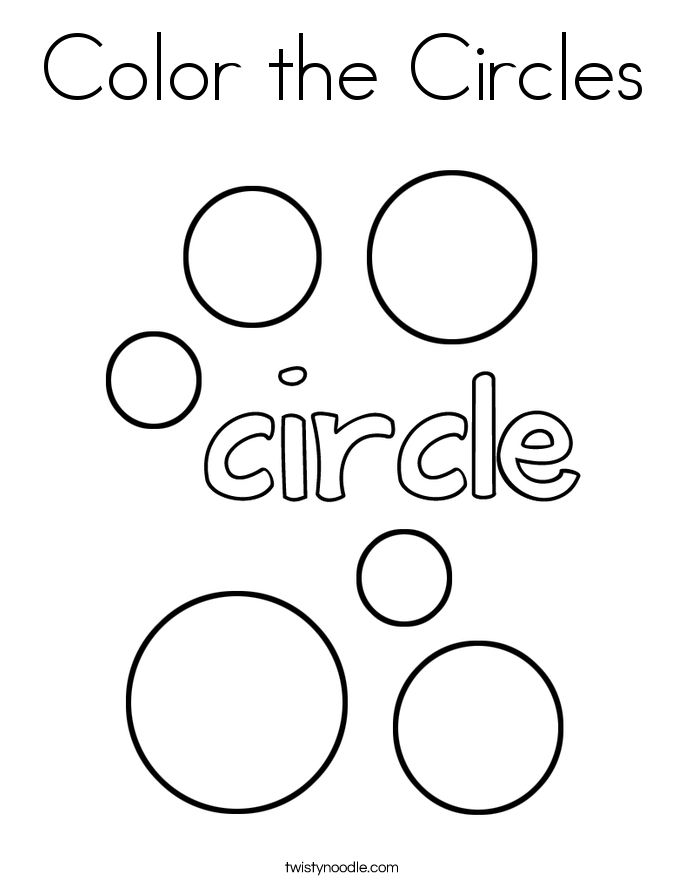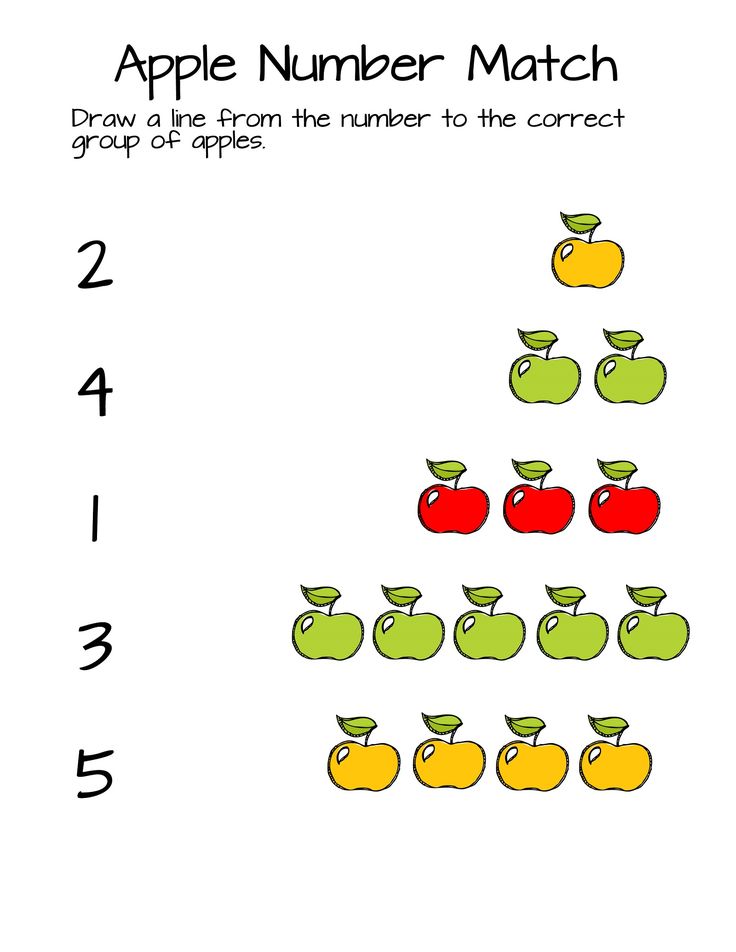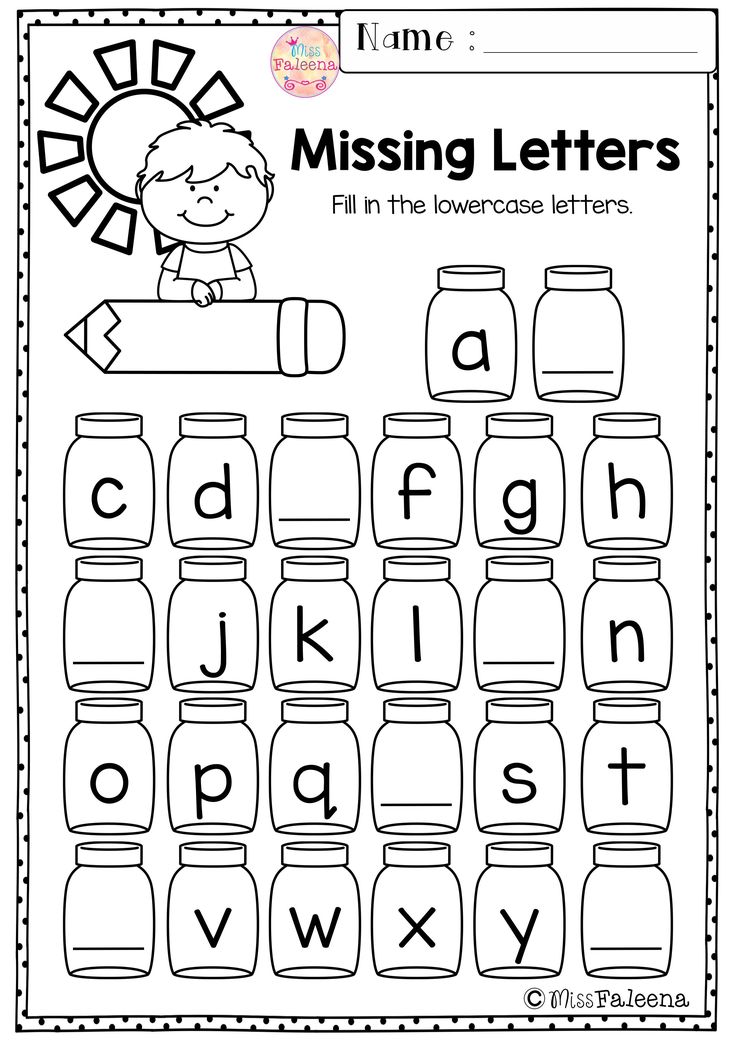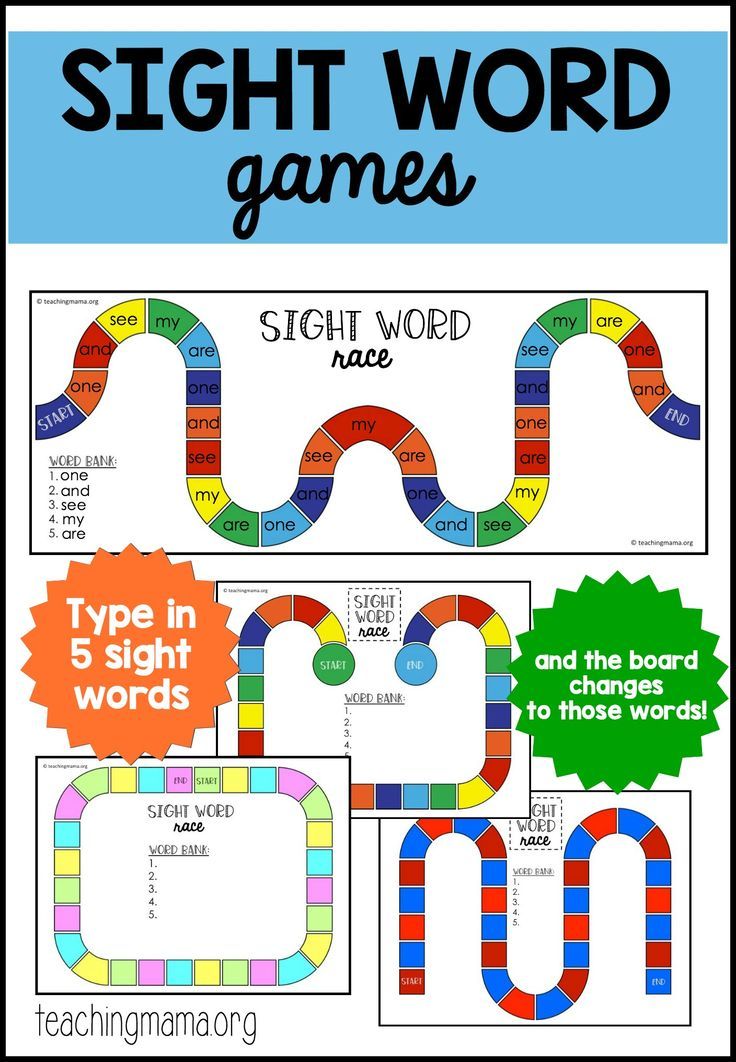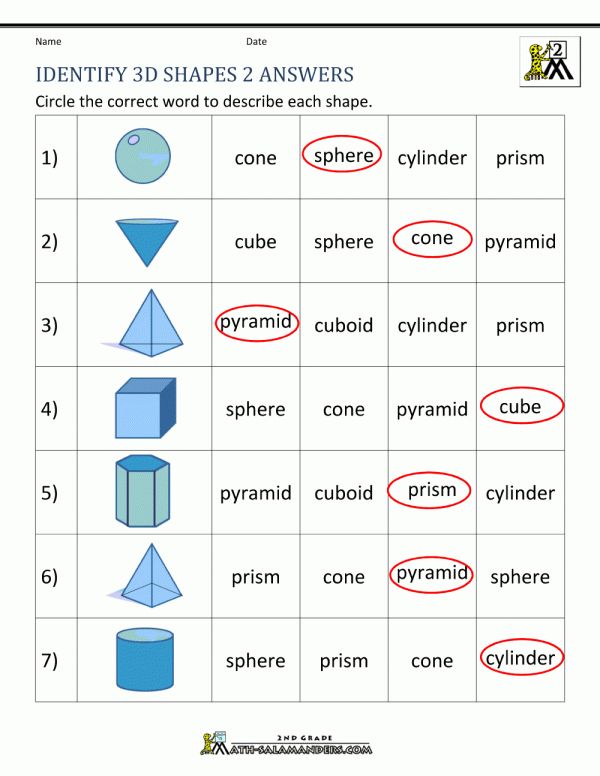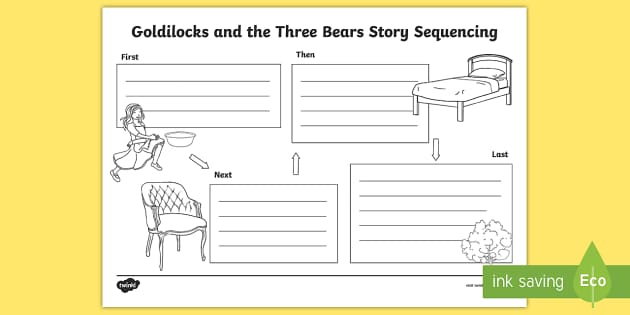Learner readiness definition
5 Learning Strategies to Improve Classroom Focus
The traditional educational environment has long relied on attentive and passive learners to set the tone for productive instruction. However, these characteristics are not the natural dispositions of a majority of learners, particularly younger learners who crave more interactive learning experiences. Remote learning, which has become an increasing popular alternative to in-person learning formats, can make it even more difficult to engage learners, unless you’re employing particular strategies to provide more opportunities for interaction and collaborating in your virtual learning environments.
Fortunately, there are quite a few ways you can increase learner readiness and engagement whether you’re utilizing a hybrid or fully remote learning experience. In this blog, we’ll explore some tips and strategies that can help support learner readiness and empower your learners in their educational journey.
Understand the Why Before the HowLearning a few teaching techniques may help alter the state of your classroom, but it will not guarantee your effectiveness as a teacher. When you understand the purpose of learner readiness, you will be more apt to naturally make adjustments to your teaching style, classroom management and curriculum to encourage student success.
Learner readiness is the ability of a student to take new information and process it in a way that changes behaviors or leads to desired academic outcomes. In essence, it is the ability for an individual to actively engage in the learning process and take personal responsibility for learned information. The following strategies encourage students to become active participants rather than passive bystanders.
1. Bring the Class Into Focus.Whether you’re conducting a course in the classroom or an online seminar, take a brief moment at the beginning of each class to rein in the focus of your constituents. Start with a brief exercise such as sharing a positive highlight from their weekend or asking them to provide a question or comment they had from the previous lesson.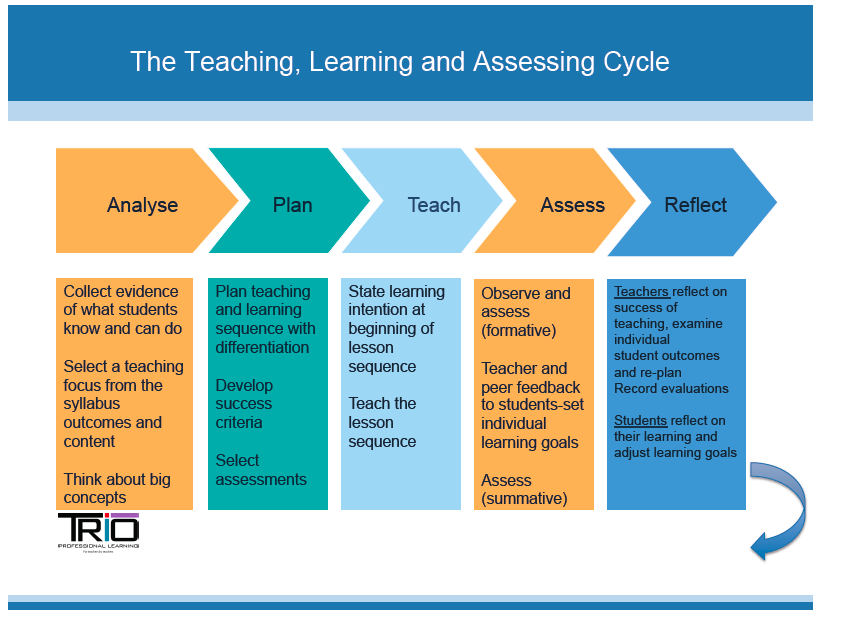
Furthermore, you can encourage learners to sit or stand quietly for a minute and take them through slow, deep breathing exercises. This will increase the oxygen flow to the brain, expel stress and create the opportunity to become present and in the moment. Encouraging brief meditation or slow breathing is proven to help calm and focus learners of all ages.
2. Provide Sensory Outlets.In addition to breathing exercises at the beginning of class, allow opportunities for sensory breaks within the class schedule. Encourage students to take periodic breaks in order to regroup or reset before diving into a new subject or section of the material. This helps learners from becoming overwhelmed or frustrated with a course or subject. Playing a game, working on an art project, or even just taking a short walk outside can be the sensory break needed to restore focus. Scheduling breaks into your lesson for these types of “brain breaks” helps students come back to class refreshed and ready to absorb additional material.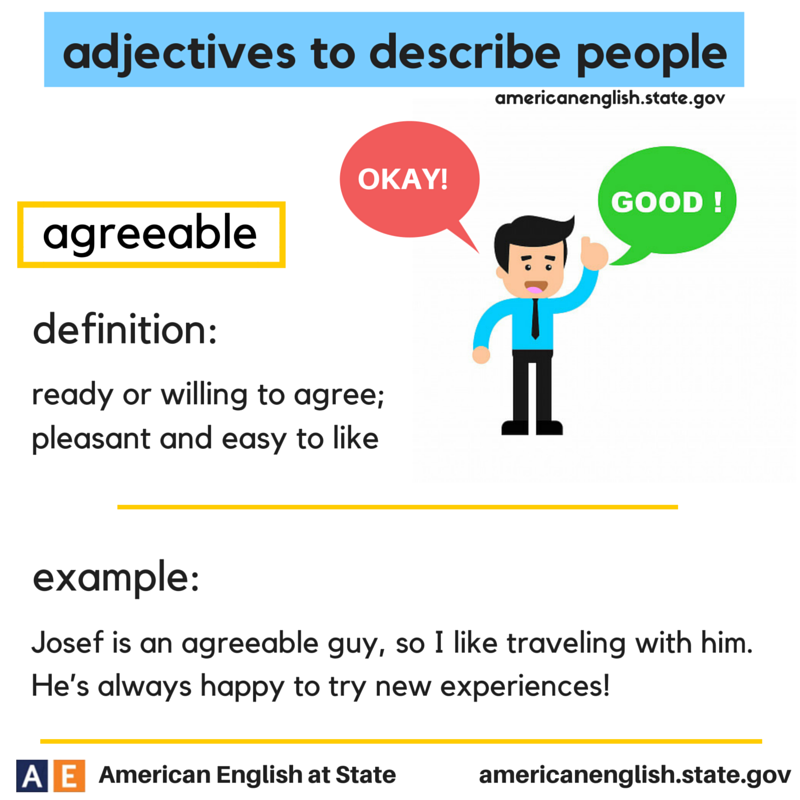
Many teachers are frustrated by how much students move and fidget on their own, but movement is not a detriment to learning. In fact, movement is one way to effectively enhance cognitive functions. First and foremost, movement increases the flow of oxygen-rich blood to the brain. This stimulates the neural networks and improves performance with both thought processes and memory recall. Movement also improves learner morale and motivation.
There is a caveat to using movement in learning. Some movements can be noisy and distracting, like the fidget spinner craze of several years ago. Instead of these items, support movement with yoga balls, bouncy seat bands, wiggle cushions, or even encouraging learners to take a minute or two every hour to get up and stretch. These activities allow students the freedom to generate some movement without interrupting classroom focus.
4. Develop Basic Cognitive Skills.A successful learner has the ability to focus their attention on the information being presented.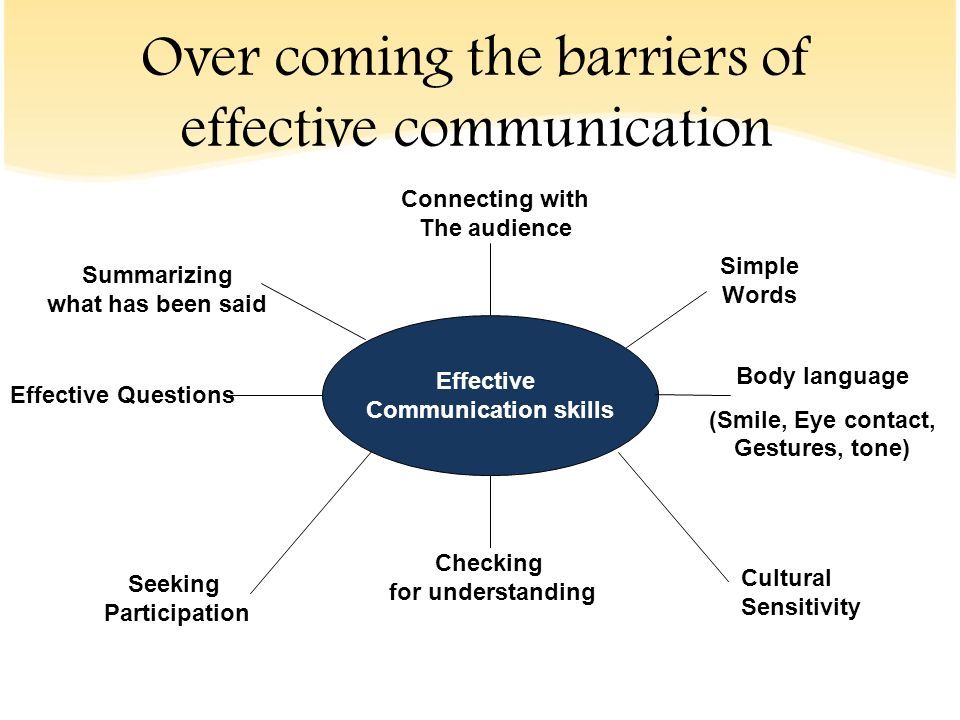 You can help students develop basic cognitive skills that they can build upon. A failure to process information affects a student’s ability to learn, read and listen, but brain training exercises can lay a new foundation the student can draw on to learn.
You can help students develop basic cognitive skills that they can build upon. A failure to process information affects a student’s ability to learn, read and listen, but brain training exercises can lay a new foundation the student can draw on to learn.
There are online programs that provide individualized practice modules focusing on reading and language skills. However, as a teacher, using diverse instructional methods also increases cognitive development. Songs, repetition, visuals, kinesthetic instruction and gamified content provide multiple ways for learners to engage with the material and retain the information they’ve learned.
Rather than focusing on the desired results of the learner you are teaching, focus on the learning process and the specific need of that learner. Build custom reports that reflect how learners engage with your eLearning content to reveal the extent of the learning that has taken place. If they’re having to repeat lessons or certain areas within the course, it might be worth evaluating how you can build learner readiness in that area for an optimal experience.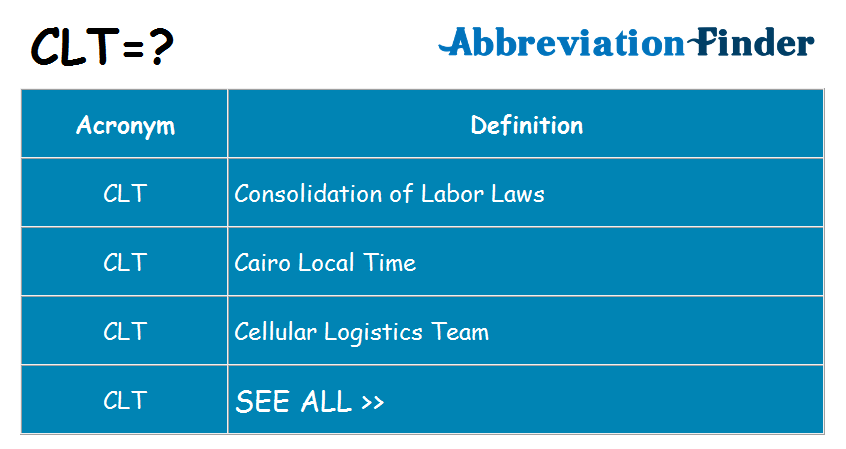 Design courses with contextual learning experiences that allow learners to dive into applying a lesson to a real-life scenario. Recognize the efforts and not the innate retentivity the student displays. This will create a growth mindset that encourages and rewards hard work and dedication so learners are ready to receive and retain the information throughout the entire process, not just when it comes to cramming for an exam or evaluation.
Design courses with contextual learning experiences that allow learners to dive into applying a lesson to a real-life scenario. Recognize the efforts and not the innate retentivity the student displays. This will create a growth mindset that encourages and rewards hard work and dedication so learners are ready to receive and retain the information throughout the entire process, not just when it comes to cramming for an exam or evaluation.
As there are different learning styles across every group of students, one way of instruction is sure to work better for one type of learner than another. This is why diversified instruction and an accommodating learning environment are crucial to student success. It is for these reasons that a variety of engagement strategies need to be employed. They give every learner the opportunity to reach their potential.
Building a solution that encourages learner readiness, even remotely, is completely possible thanks to the continuous advancements and improvements in eLearning technology.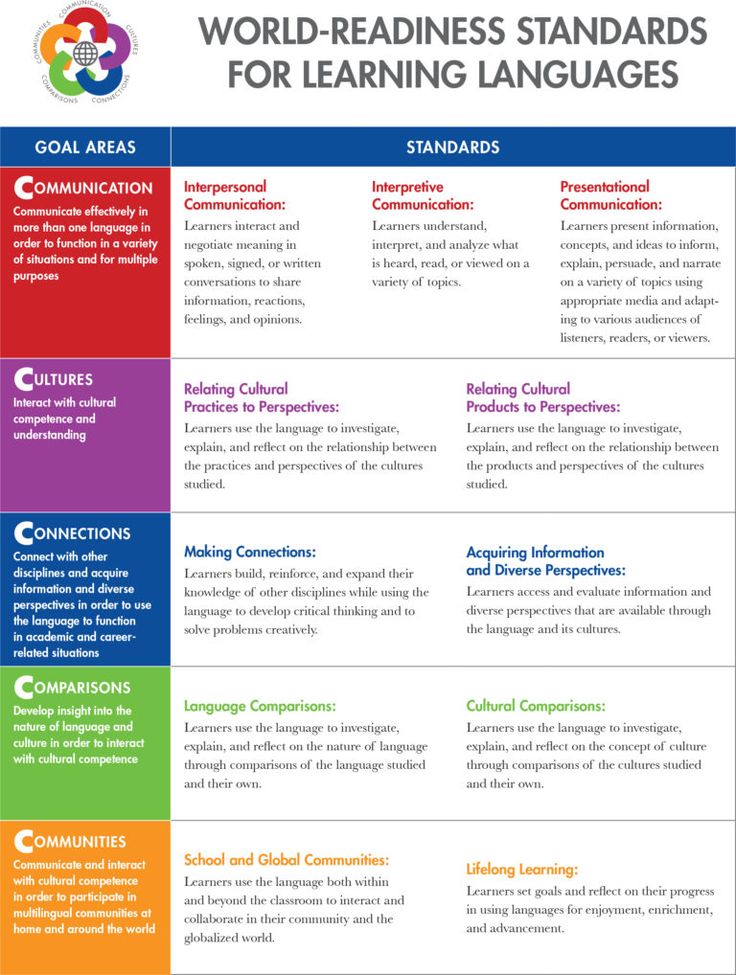 Cutting-edge content coupled with a flexible and scalable solution can allow you to incorporate more engaging and interactive approaches to learning and present opportunities for collaboration and connection among learners and instructors.
Cutting-edge content coupled with a flexible and scalable solution can allow you to incorporate more engaging and interactive approaches to learning and present opportunities for collaboration and connection among learners and instructors.
To learn more about creating a solution that encourages learner readiness and empowers your team with engaging instruction, contact the experts at Open LMS or request an individual demonstration below.
Request a Demo
Classroom differentiation: ability, readiness and interest
In the first part of our series on differentiation in the classroom, we identified seven learning profiles that teachers should be aware of. This profile differentiation allows teachers to give pupils of all strengths and weaknesses the best chance of learning.
As a key part of differentiation, teachers should establish their pupils’ readiness to learn, their learning interest and learning ability. Scoring learner profiles in these three areas arms teachers with the best strategy to teach a mixed-ability classes. Firstly, however, it is important to understand that readiness is not synonymous with a pupil’s ability, and both can influence his or her motivation, as well as external factors. In this post we breakdown these three principal profile differences and what a high, medium or low rating in each could translate to.
Firstly, however, it is important to understand that readiness is not synonymous with a pupil’s ability, and both can influence his or her motivation, as well as external factors. In this post we breakdown these three principal profile differences and what a high, medium or low rating in each could translate to.
Readiness to learn
Learning readiness refers to how well equipped a pupil is to learn, including circumstantial and environmental factors. A student with a low readiness to learn may be encumbered by difficult personal circumstances in his or her life, or a lower emotional or physical maturity. It can point to external distractions or a personal barrier.
Medium scoring pupils may have medium or high ability and interest in learning, however for whatever reason, they may need some improvements in learning preparation. This can also be the result of changing personal circumstances. Teachers must work hard to engage this pupil to stop him or her becoming the invisible child.
A highly scoring student may be of an appropriate age to learn a new skill, and is unaffected by any distractions or personal problems. He or she is in a stable, suitable learning environment with a rich supply of learning resources.
Learning ability
The academic capability of a pupil generally dictates the pace at which he or she can learn. A student with lower ability and thus a slower pace of learning is by no means an indicator for future failings. A student with less ability may be less academically capable than his or her peers, but teachers should be aware this learner may excel in more specific areas.
Students with a medium ability score may find themselves less motivated to learn, particularly if they lack the confidence to perform in groups. While they may not be as reserved as low ability learners, these pupils may benefit from learning materials with progressively harder tasks to grow their confidence.
Never miss a beat with the latest insights, tips and updates for school leaders and educators.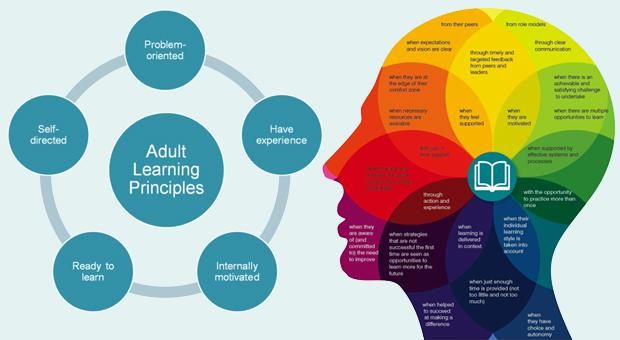
View our privacy policy.
A student with a high learning ability score may not present any immediate concerns for teachers or parents, but teachers must ensure this type of learner doesn’t become complacent. This type of pupil should still be given regular attention and assessment so his or her interests are constantly stimulated to avoid a lack of motivation.
Learning interest
Referring to the levels of motivation a pupil possesses to learn, learning interest will indicate how passionate learners feel about general and specialised subjects. A pupil with a low interest score could be feeling unmotivated due to his or her academic ability or disruptive external factors and circumstances. Teachers should assess his or her ability level to ascertain the situation that is impacting their motivation.
A medium-scoring pupil could be an averagely performing learner and lacking interest in achieving more. This pupil could be more introverted than their peers, and teachers should work on improving his or her confidence.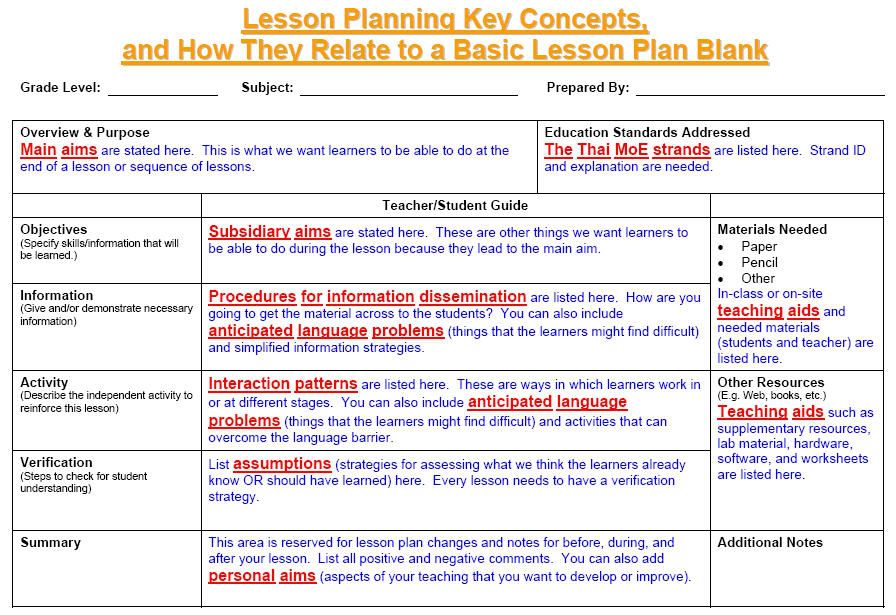
A highly motivated student, however, could be a high academic performer across all subjects, or a pupil with a specific passion for a specialist subject. This type of student should be encouraged to pursue his or her passion to prosper in future.
Once the implications of these three common learning conditions — readiness to learn, learning ability and learning interest — are fully understood, it is important for teachers to address their mixed-ability pupils using methods of differentiation. These methods are generally listed under seven principal categories, and we will address these in the third part of our series on differentiation in the classroom.
Determining the readiness of 4th grade students to study in basic school | Article (grade 4) on the topic:
Determining the readiness of students in grade 4
to study in the main school
The period of transition from elementary school to main school is an important stage in the development of the student's personality.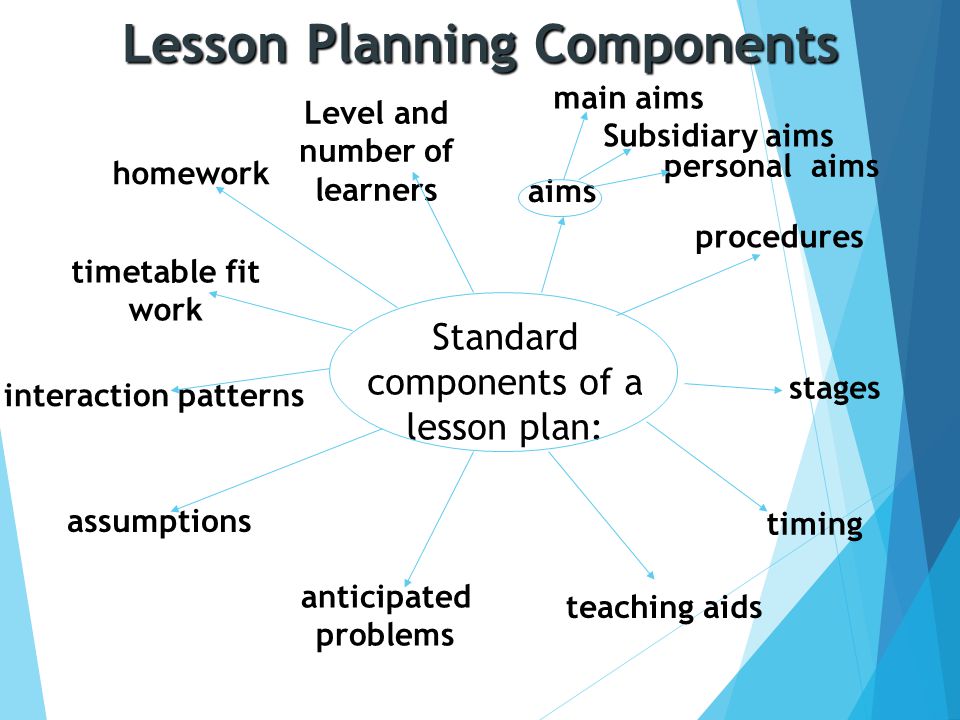 At this time, the student discovers new knowledge, values and acts as a subject of multifaceted activity and communication that becomes more complex in form and content. Adaptation of students to new learning conditions and a qualitatively new level of communication contributes to the successful mastery of activities, helps to overcome difficulties, creates opportunities for the optimal functioning of the individual in new conditions.
At this time, the student discovers new knowledge, values and acts as a subject of multifaceted activity and communication that becomes more complex in form and content. Adaptation of students to new learning conditions and a qualitatively new level of communication contributes to the successful mastery of activities, helps to overcome difficulties, creates opportunities for the optimal functioning of the individual in new conditions.
Not all schoolchildren are psychologically ready to overcome the difficulties of the adaptation period, not all of them rise in their development to the level of compliance with new requirements, higher than those at the first stage of general education. Therefore, the transition from primary to secondary education is traditionally considered one of the most difficult psychological and pedagogical problems, and the period of adaptation in the 5th grade is one of the most difficult periods of schooling.
We can single out the following criteria for the psychological and pedagogical readiness of 4th grade students for the transition to the secondary school.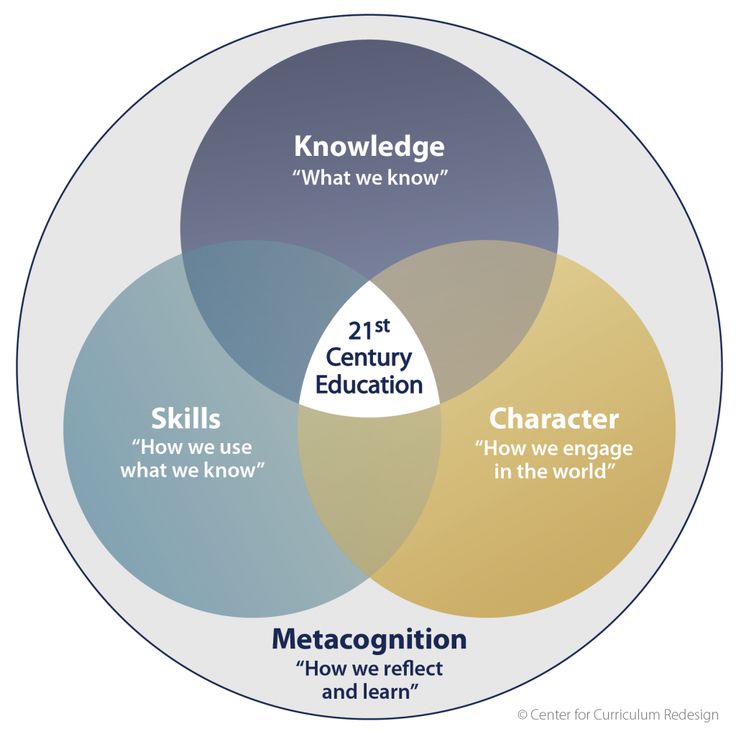
Psychological readiness. An important role in the adaptation of students in the conditions of the main school is played by their psychological readiness for the transition to the second stage of general education, which activates the life of the student, makes it more productive, creative, devoid of psychological discomfort, and contributes to the mastery of a new social situation of development. Psychological readiness is the most important integral indicator of the psychological capabilities of students. That is why it is so important to psychologically prepare junior schoolchildren in advance for life and work at the second stage of general education.
I carried out the study of the psychological readiness of students in grade 4 using the conversation method. Received the following results: Kruglyansky D., Sudovtsev A., Osipova L. (37.5%) have a high level of psychological readiness, the average level is Miroshnichenko A., Esipova L., Novikova D. (37.5%), the low level is Revina N. , Zmievskoy S. (25%).
, Zmievskoy S. (25%).
Personal readiness. The first indicator of personal readiness is a certain level of formation of cognitive motives. It implies the need to acquire knowledge, a positive attitude towards school, learning activities, self-awareness as a student.
The process of formation of cognitive motivation is carried out in several stages. First, interest is formed in the process of activity itself, then interest in the result of labor develops, and only then - in the content of educational activity, there is a need to acquire knowledge. Psychologists note that the formation of interest in the content of educational activities, the acquisition of knowledge is associated with the experience of schoolchildren's sense of satisfaction from their achievements. In children experiencing difficulties in the learning process from the very initial stages of school life, the formation of interest in learning is difficult, and sometimes is at a critical level.
− Proceeding from this, the formation of educational interests, a positive attitude towards learning and school is considered by us as an important indicator of the child's personal readiness for the transition to the middle school.![]() The second indicator of personal readiness is self-esteem and the level of aspirations of a younger student. Self-esteem is a personal parameter of mental activity that performs a regulatory function. The effectiveness of a student's learning activity depends not only on a system of well-learned knowledge and possession of mental activity techniques, but also on the level of self-esteem. Psychologists note a close relationship between success achieved in mastering educational activities and personality development
The second indicator of personal readiness is self-esteem and the level of aspirations of a younger student. Self-esteem is a personal parameter of mental activity that performs a regulatory function. The effectiveness of a student's learning activity depends not only on a system of well-learned knowledge and possession of mental activity techniques, but also on the level of self-esteem. Psychologists note a close relationship between success achieved in mastering educational activities and personality development
Self-esteem at primary school age is formed, first of all, under the influence of the teacher's assessments. It is important for children that a positive assessment is universally recognized. As they grow older, the student's self-esteem is influenced by non-educational characteristics, qualities that manifest themselves in the process of interaction with classmates. However, a positive assessment by adults of the results of educational work in the primary grades still remains the leading factor in the formation of a child's self-esteem.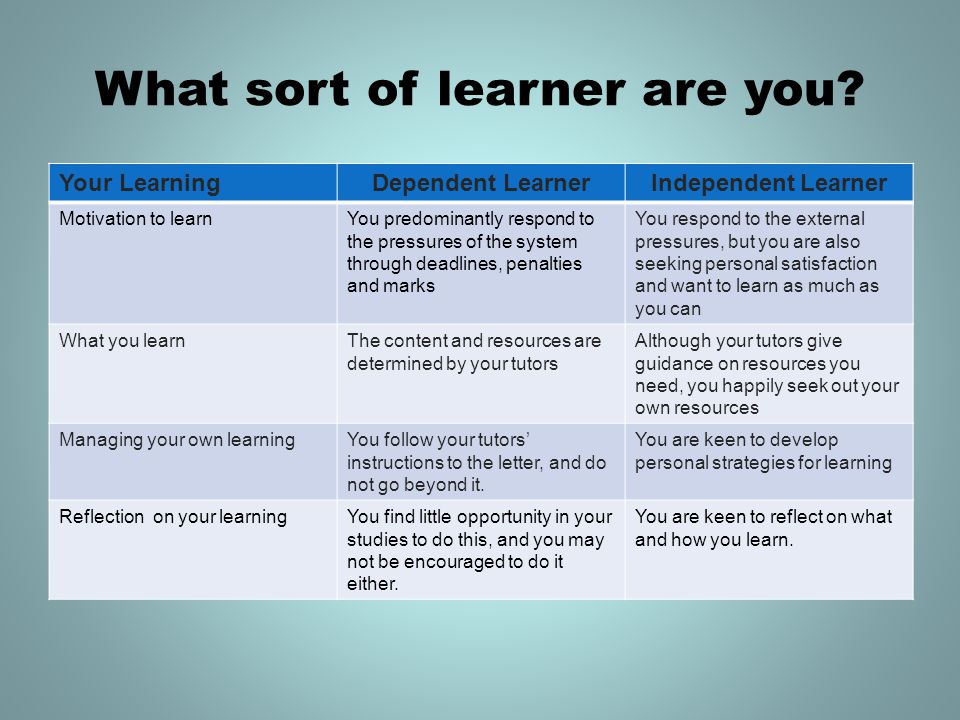
For students with learning difficulties in elementary school, the formation of self-esteem and the level of aspirations proceeds with great difficulty. They are characterized by extreme variants of self-esteem - either inadequately low self-esteem, when the child is convinced of his absolute inability to learn, or extremely high self-esteem, which is compensatory in nature. The most adequate motive for learning, the motive for achieving success, which is directly related to self-esteem, is also not formed in problem children. The formation of a reasonable level of claims, adequate self-assessment of one's abilities and capabilities contribute to the successful adaptation of a problem student to the new conditions of the middle school. Therefore, correctional and developmental work in this direction should be carried out throughout the entire education in elementary school.
I conducted a study of the personal readiness of students in grade 4, using a comprehensive methodology, which suggests:
- Relationship and school using a special questionnaire:
1.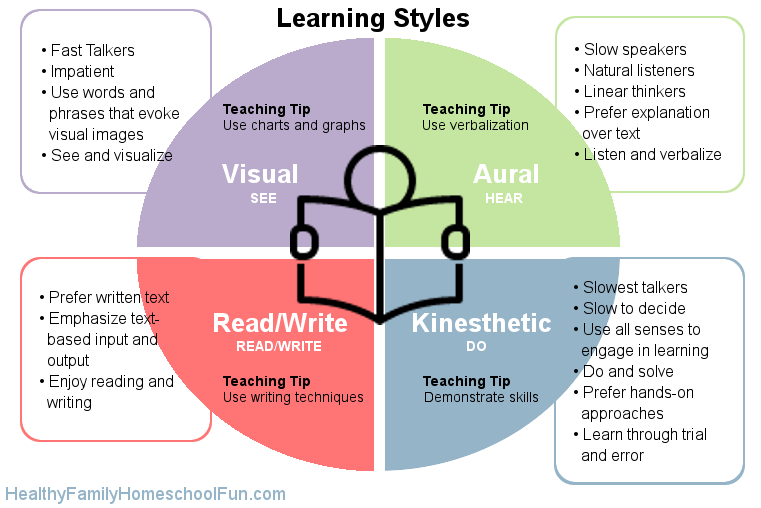 What do you consider the most important at school? 2. What day of the week do you like the most? 3. What is the most interesting for you at school? 4. What would you like to do in your free time? 5. If you could choose, in which grade would you like to study now - in the 1st or in the 4th? 6. What are your favorite activities? 7. What is the most unpleasant thing for you at school? 8. How do you study? 9. What kind of student would you like to be? 10. With whom would you like to sit together in class? 11. What community service would you like to have in class? 12. How do you rate your health?
What do you consider the most important at school? 2. What day of the week do you like the most? 3. What is the most interesting for you at school? 4. What would you like to do in your free time? 5. If you could choose, in which grade would you like to study now - in the 1st or in the 4th? 6. What are your favorite activities? 7. What is the most unpleasant thing for you at school? 8. How do you study? 9. What kind of student would you like to be? 10. With whom would you like to sit together in class? 11. What community service would you like to have in class? 12. How do you rate your health?
Received the following results: Kruglyansky D., Sudovtsev A., Osipova L. (37.5%) have a high level of personal readiness, the average - Miroshnichenko A., Zmievskoy S. Novikova D. (37.5%), low - Revina N., Esipova L., (25%).
Training readiness.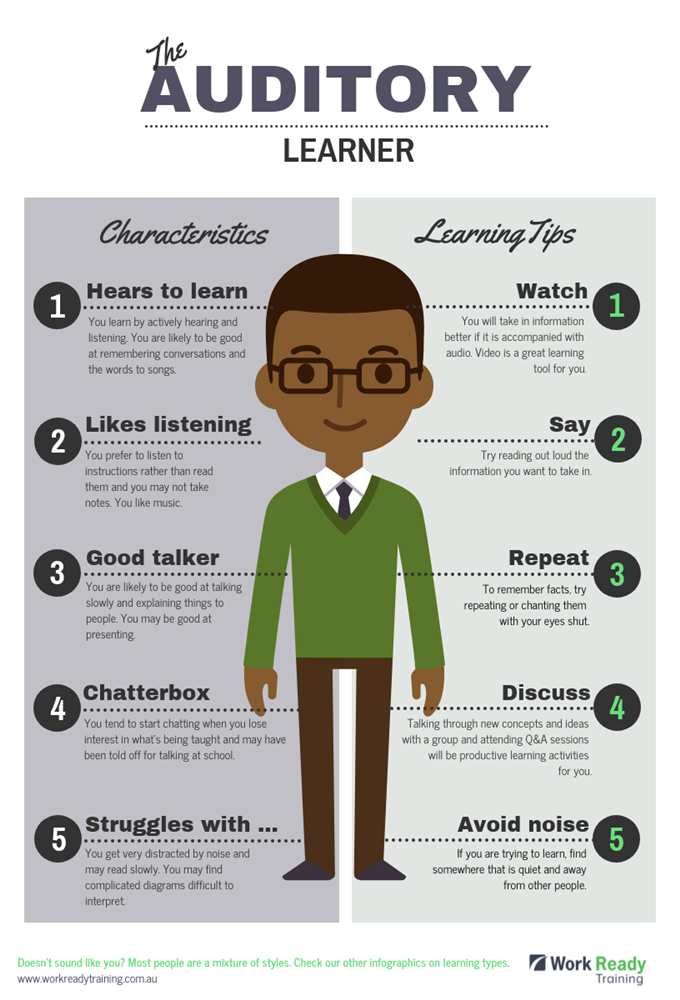 Indicators of learning readiness are, firstly, the success of mastering the program, secondly, a sufficient level of formation of the necessary components of educational activities and, thirdly, the ability to self-regulate in educational activities.
Indicators of learning readiness are, firstly, the success of mastering the program, secondly, a sufficient level of formation of the necessary components of educational activities and, thirdly, the ability to self-regulate in educational activities.
The success of mastering the program material is the indicator that most clearly demonstrates the effectiveness of educational and remedial work. However, this indicator is not always decisive. For many children at risk, and especially for students with disabilities, success in mastering the program is associated with a great strain of moral and physical strength and often leads to undesirable consequences in the form of a decrease in psychological, and sometimes mental and physical health.
Academic readiness is also manifested in the degree of intellectual development of a younger student. Correctional and developmental work with younger students is a mandatory, if not the leading element, should include the development of the child's cognitive processes, the formation of skills to reason independently, draw conclusions, compare, compare, analyze, find the particular and the general, establish simple patterns.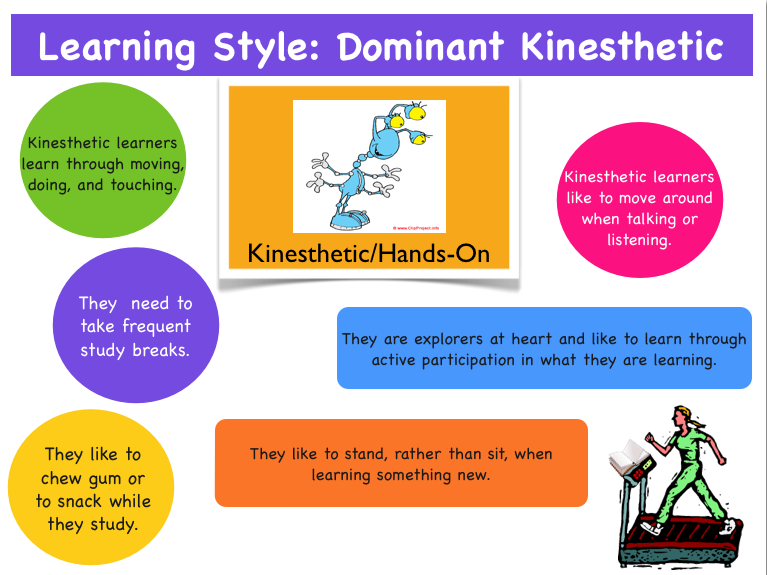 Under the influence of training and specially organized developmental work, memory should develop both in the direction of the specific weight of semantic memorization and in the direction of conscious control of one's memory. The development of attention should be carried out in the direction of strengthening arbitrariness, while it is necessary to be aware that in the primary grades the possibilities of volitional regulation of attention are limited, especially among students at risk.
Under the influence of training and specially organized developmental work, memory should develop both in the direction of the specific weight of semantic memorization and in the direction of conscious control of one's memory. The development of attention should be carried out in the direction of strengthening arbitrariness, while it is necessary to be aware that in the primary grades the possibilities of volitional regulation of attention are limited, especially among students at risk.
I carried out the study of the educational readiness of students in the 4th grade using the observation method in various lessons. Received the following results: Kruglyansky D., Osipova L. (25%) have a high level of academic readiness, Miroshnichenko A., Zmievskoy S. Sudovtsev A. (37.5%) have an average level, Revina N., Esipova L., have a low level Novikova D. (37.5%).
Emotional readiness. The lack of formation or disturbance of the emotional sphere causes difficulties for the child in solving intellectual tasks, which, in turn, has a negative impact on the development of the personality.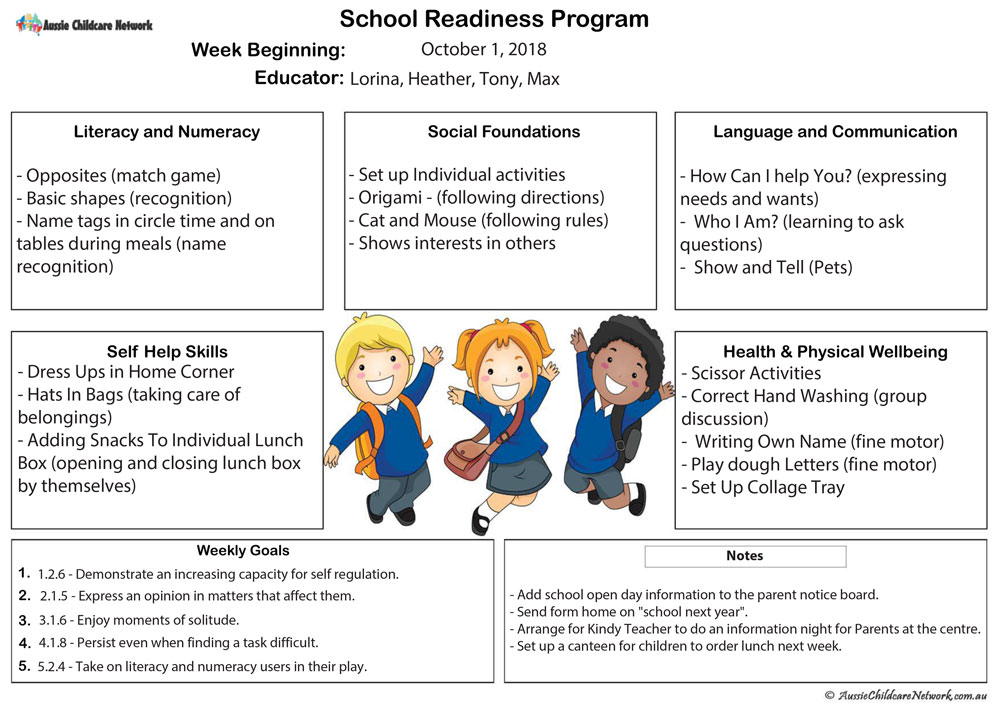 Noting the features of the emotional-sensory sphere of children with impaired development, L.S. Vygotsky singled out the following characteristics: insufficient differentiation of emotional reactions, inadequacy and disproportion of reactions to environmental influences. These characteristics are directly related to anxiety and the ability to empathize.
Noting the features of the emotional-sensory sphere of children with impaired development, L.S. Vygotsky singled out the following characteristics: insufficient differentiation of emotional reactions, inadequacy and disproportion of reactions to environmental influences. These characteristics are directly related to anxiety and the ability to empathize.
I carried out the study of the emotional readiness of students in the 4th grade using the following methods: - the determination of the child’s school anxiety using the tests of the F. Philips, C.Pilberger, the drawing techniques “Non -existent animal”, “House. Tree. Human"; – determination of the level of formed emotional empathy according to the methodology proposed by V.B. Nikishina for working with children with mental retardation.
Received the following results: Kruglyansky D., Sudovtsev A. (25%) have a high level of emotional readiness, the average - Miroshnichenko A., Osipova L., Novikova D., Zmievskoy S. (50%), low - Revina N. , Esipova L. (25%).
, Esipova L. (25%).
Social readiness. The next criterion of the psychological and pedagogical readiness of primary school students for the transition to the middle school is social readiness.
I associate social readiness with the internal position of children, i.e. the attitude of the child to the objective circumstances of his life and work. Each transitional period is characterized by a significant change in the content of this internal position of those aspects of the student's life that cause the strongest emotional experiences. During the transition to the middle classes, the greatest changes in the internal position are associated with relationships with other people, primarily with peers.
At this age, children's claims to a certain position in the system of business and personal relationships of the class appear, a fairly stable status of the student in this system is formed. The emotional state of the child begins to be influenced to a greater extent by how his relationships with his comrades develop, and not only by academic success and relationships with teachers.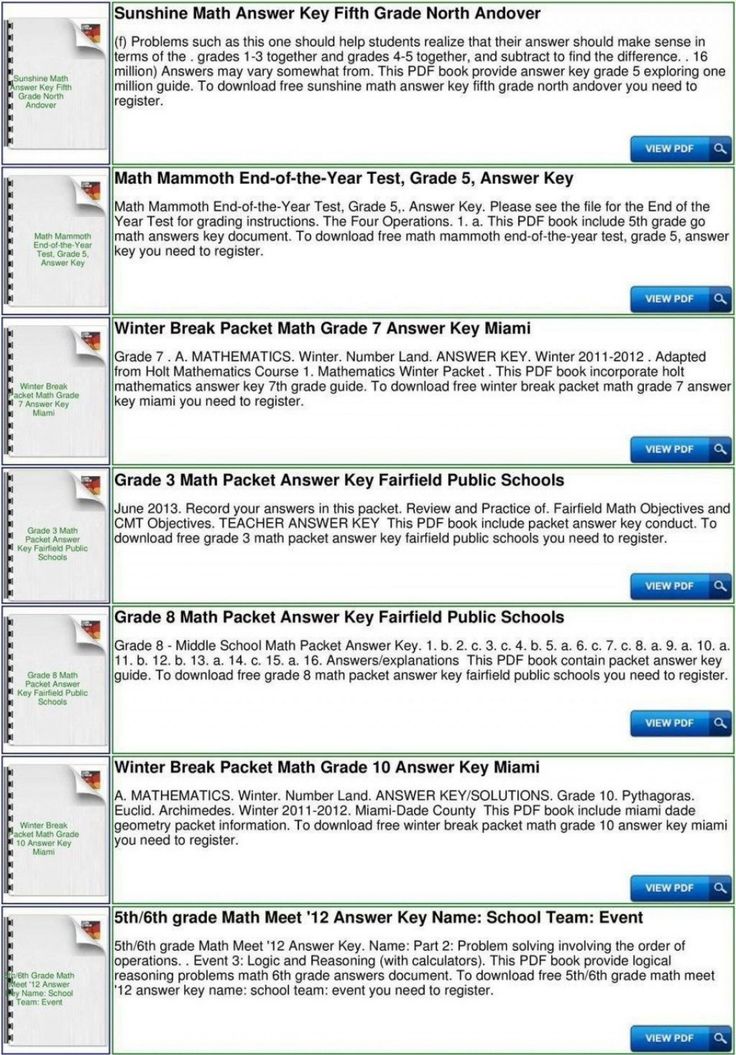
Students with learning difficulties are at a disadvantage and a given position. At primary school age, relationships between schoolchildren often depend on academic success. Underachieving, problematic schoolchildren are perceived by classmates through the prism of the teacher's disapproving attitude towards them, it is much more difficult for them to win the favor of their peers, even demonstrating the qualities of a real comrade. Therefore, as indicators of social readiness, I consider the status of the student in the class team and the formation of the characterological characteristics of children that contribute to optimal interaction with peers and adults.
Labor readiness. One of the main criteria for the readiness of primary school students to move to the secondary level in our school is labor training. At the lessons of labor in the 4th grade, the tasks of developing the labor activity of students and their direct preparation for vocational training are solved.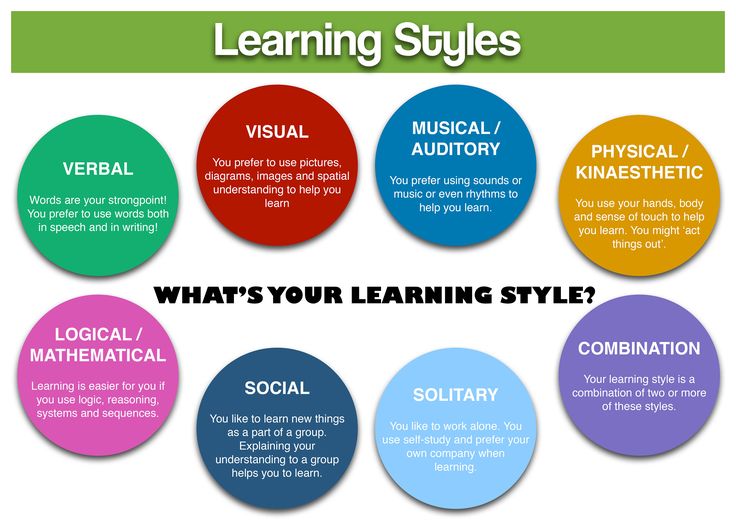 The main ones include: identifying the actual and potential abilities of students in labor training; education of organizational skills and habits necessary for productive and safe work in training workshops; training in the simplest technical and technological knowledge and practical skills, which serve as a support for the assimilation of educational material in further labor training.
The main ones include: identifying the actual and potential abilities of students in labor training; education of organizational skills and habits necessary for productive and safe work in training workshops; training in the simplest technical and technological knowledge and practical skills, which serve as a support for the assimilation of educational material in further labor training.
I carried out the study of the employment of students in the 4th grade using the observation method in labor training lessons, as well as in the course of practical and labor activities of students during the day. Received the following results: Kruglyansky D., Sudovtsev A., Osipova L. Novikova D. (50%) have a high level of labor readiness, the average - Revina N., Esipova L., Zmievskoy S. (37.5%), low - Miroshnichenko A. (12.5%).
Thus, we can draw the following conclusion: the readiness of 4th grade students to study in the main school was 75%. Kruglyansky D., Sudovtsev A., Osipova L. Miroshnichenko A., Novikova D., Zmievskoy S. - showed high and medium levels of readiness for studying in the main school. Esipova L., Revina N. showed a low level of readiness to study in the basic school, which amounted to 25% of students.
Miroshnichenko A., Novikova D., Zmievskoy S. - showed high and medium levels of readiness for studying in the main school. Esipova L., Revina N. showed a low level of readiness to study in the basic school, which amounted to 25% of students.
REFERENCES
- Abramova G.S. Introduction to practical psychology. / M., 1994. /
- Gutkina N.I. Psychological readiness for school. / M., 1993./
- M.R. Bityanova, T.V. Azarova, E.I. The work of a psychologist in elementary school. / M .: Publishing house “Perfection”, 1998. - 352 p. /
- Anesthesia A. Psychological testing: kn.2 / Ed. K.M. Gurevich, V.I. Lubovsky - M., 1982.
- Tsukerman G.A. Transition from elementary school to secondary school as a psychological problem. Voprosy psikhologii. 2001. No. 5. c. 19-31.
- Fields G. Discovery of "I". Per. English / M.: Politizdat, 2003 - 367 p. /
- Feldshtein D.I. Psychological features of the formation of adolescents' readiness for socially useful work.
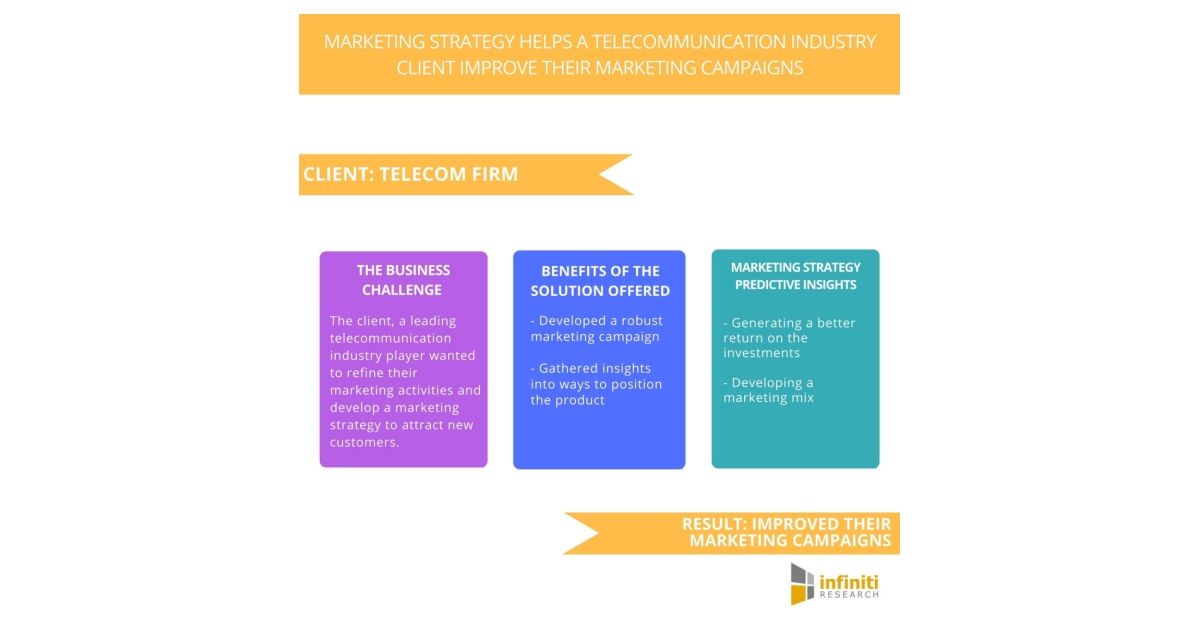 / M .: Publishing House of the APN USSR, 1986. - 124 p. /
/ M .: Publishing House of the APN USSR, 1986. - 124 p. / - Markova A.K. Formation of learning motivation at school age. / M.: Education, 1980. - 192 p. /
- Lebedeva N.V. Psychological readiness of junior schoolchildren for the second stage of general education. / M., 1996. - 187 p. /
- Kravtsova E.E. Psychological problems of children's readiness for schooling. / M.: Pedagogy, 1991. - 152 p. /
- Zilberberg N.I. The problem of continuity between primary and secondary school // New approaches to understanding the essence of developing primary education. Materials of the regional scientific - methodological conference. / Pskov: PSPI, 2001. c.252 – 254/
Psychological readiness of a child for schooling, diagnostics, criteria
The components of psychological readiness for school begin to manifest themselves in a preschooler at the age of 6–7 as a desire to become a schoolchild. It is associated with his physiologically formed school age and developmental crisis: the child begins to realize his role as a preschooler as not corresponding to his new opportunities. This means that in the child's psyche the prerequisites for qualities sufficient for schooling have matured. Let's consider them in more detail in order to understand how well the child is ready for systematic learning and what needs to be adjusted.
This means that in the child's psyche the prerequisites for qualities sufficient for schooling have matured. Let's consider them in more detail in order to understand how well the child is ready for systematic learning and what needs to be adjusted.
Psychological readiness of the child
Psychological readiness consists of two components: the child's own activity in an effort to gain knowledge (in fact, the desire to learn) and objective indicators of his development, which indicate that the transition to a new status - the status of a student - is possible for him.
The child's own activity in an effort to gain knowledge includes:
1. Motivational readiness - attitude to learning:
- desire to learn;
- good attitude towards pre-school education and the ability to use this experience;
- developed cognitive needs, interest in systematic learning activities.
2.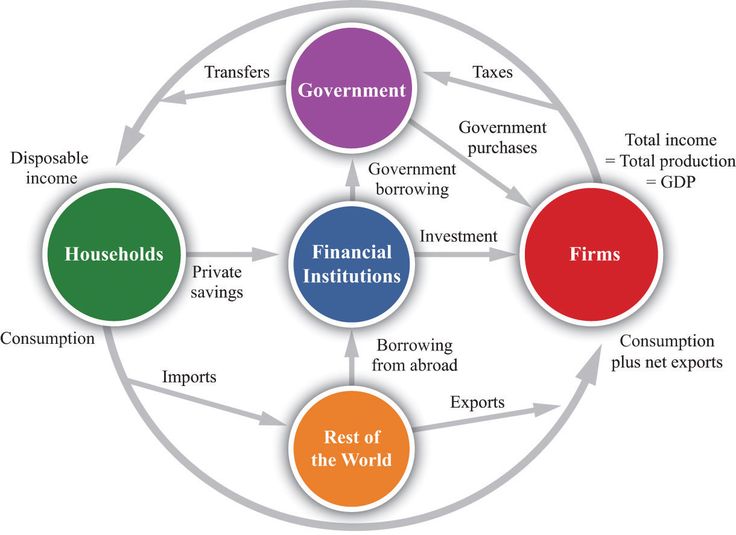 Personal readiness - the orientation of the child's personality to study:
Personal readiness - the orientation of the child's personality to study:
- the ability to act in accordance with a consciously set goal;
- high adequate self-esteem;
- activity and independence in educational and gaming activities;
- striving for independent cognitive search;
- motives of behavior based on the desire to perform moral deeds.
Objective indicators of the development of the child, his real opportunities for the transition to the status of a schoolchild, suggest:
1. Volitional readiness - conscious solution of educational problems:
- the ability to set a goal and understand its meaning;
- ability to make decisions;
- the ability to build an internal plan and carry it out;
- ability to overcome difficulties;
- the ability to arbitrarily control one's behavior;
- the ability to evaluate the result of one's actions.
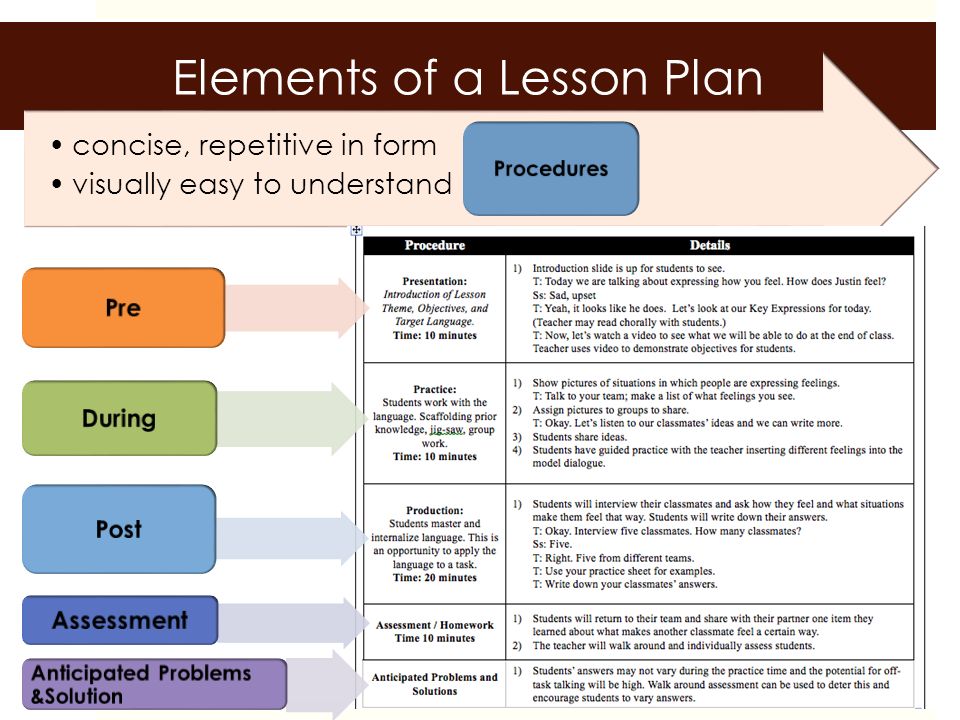
2. Intellectual maturity - the predominance of verbal and logical thinking over figurative:
- interest in generalized scientific knowledge about the world around us in accordance with age;
- the ability to logically build one's speech and pronounce learning tasks and actions;
- ability to establish basic connections between phenomena;
- ability to concentrate;
- the ability to remember a large amount of information;
- the ability to navigate in the space of the sheet, the number series;
- the ability to distinguish between the figure and the background, given and sought in the task, to highlight the semantic parts and characters in a literary work;
- ability to reproduce a pattern;
- the presence of developed hand-eye coordination.
3. Social maturity - the level of communication skills corresponding to the role of the student, new needs and values:
- the ability to communicate with adults in the context of learning activities;
- the ability to understand and carry out orders and tasks from adults;
- ability to cooperate with peers;
- the ability to reckon with others, to yield and, if necessary, to obey;
- the ability to adapt and adapt, to comply with the school regime and rules;
- the ability to independently solve their simplest problems, to serve themselves;
- desire to fulfill the role of a student.

4. Emotional maturity - relatively good emotional stability:
- lack of impulsive reactions;
- the ability to perform tasks that are not very attractive for a long time.
Find out the level of preparation of the child for school
Methodology for determining and criteria for children's readiness for school
To determine the level of all the constituent elements of psychological readiness, various complex methods are used. It should be noted that such diagnostics can be carried out (in accordance with the Federal State Educational Standard for Preschool Education) only with the consent of the parents or legal representatives of the child. At the same time, it is entrusted only to a specialist - a qualified child psychologist - to investigate the psychological readiness of the child for school, to give an opinion and recommend a correction program based on the criteria for readiness.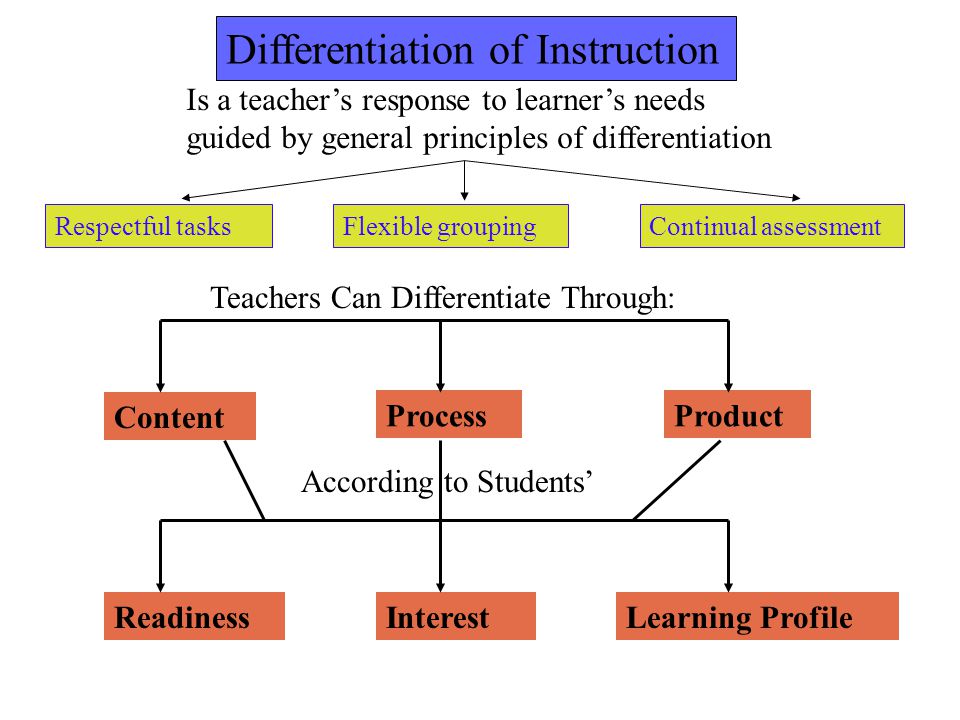
What methods are included in the program for diagnosing a child's psychological readiness for school?
Method "Pictogram " helps to determine the levels of development of voluntary mediated memory, distribution of attention and verbal-logical thinking. During the test, the child draws pictures for 12 words and expressions (1–2 min.) Suggested for memorization, and explains how the picture will help remember words. Explanations show the level of development of associations.
The Ten Words method allows you to determine the level of arbitrary immediate memory. The child repeats in random order the 10 words read by the psychologist that have no semantic connection. The procedure is repeated five times, reading the list again.
The Encryption method helps to determine the levels of switching, stability, distribution and volume of attention. The child after mastering the task in 2 minutes on the 45 figures depicted draws a “key” at a fast pace, figures with additional elements. 1 point is awarded for a correctly completed figure. Attention concentration is assessed by the number of omissions and errors.
Methodology "Finishing figures " aims to determine the level of development of the imagination and its originality. The child draws 10 proposed figures to make a picture. The presence of the composition and the transformation of the proposed elements into images are evaluated.
Methodology "Perceptual Modeling " helps to determine the level of perception through the ability to model. The child chooses from a set of parts suitable for constructing figures of a certain shape. The task is completed if all the details are selected correctly.
Raven's Progressive Matrices determines the level of verbal-logical thinking. The child chooses patches suitable for the “holes” in the picture.
Methodology "Three Wishes" helps to assess the development of the motivational-required sphere. The child distributes 3 cherished wishes on a painted flower with three petals. The focus on oneself or others is assessed, the significance of life spheres - material, communication, educational, family - and the presence of aggressiveness and anxiety in relation to them are analyzed.
The Temple - Dorki - Amen test is designed to determine the level of anxiety. The child suggests funny or sad faces for pictures with a plot where people are drawn without faces. The level of anxiety is determined as a percentage by the number of proposed "negative" faces.
The Luscher color test helps to determine the level of comfort at home and in a preschool educational institution, to identify emotional attitudes towards school and self-esteem. The child performs tasks by laying out Luscher's color cards and answering the psychologist's questions: which color does he like best, which one corresponds to his mood, which one - to significant people and himself. The psychologist determines the emotional state and self-esteem in accordance with color preferences. Self-esteem is determined by the presence or absence of self-association with a preferred color.
Up the "Ladder": a method for parents
One of the tests - a test to study the level of self-esteem of the child "Ladder" - can be carried out by the parents themselves, at home.
For it you need:
- draw a ladder of 5 steps on the sheet;
- explain to the child: “This is a magical staircase. Each of its steps is designed for different children. The higher the step, the better the child can stand on it. The highest step for the best child”;
- ask the child: “Which step will you put yourself on?”, “Which step will the teacher put you on?” Ask 5 more questions about where significant people will put him.
If the child ends up in the first step as a result, this indicates low self-esteem. The second step is about underestimated. Adequate self-esteem corresponds to the third stage. The fourth step of the Ladder, on which the baby finds himself, speaks of high self-esteem, and the fifth corresponds to high self-esteem.
Why is the child's psychological readiness important?
The psychological readiness of the child reduces the difficulties of school adaptation and "school fears". Yes, they can manifest themselves, but children with a high level of readiness have mostly "learning" fears. In children with an average level of readiness, clearly expressed “learning” fears coexist with the fear of “not making friends with classmates”. And kids with a low level of psychological readiness, in addition to the fear of learning, are afraid of "doing something wrong" and "an evil teacher."
How can I help my child cope with “school fears”? The drawing “What can I be afraid of at school?” will come to the rescue.
- First, parents get to know the specific fears of their son or daughter.
- Secondly, the feeling of threat through her image will be removed.
- Thirdly, together with the child, fear can be transformed by creatively reworking it (for example, turning the "evil teacher" into a "sorceress - the keeper of knowledge").
Remember that one of the important prerequisites for the successful study of a first grader is the upbringing of a calm, respectful, interested, responsible attitude towards the opinion of an elementary school teacher. By your own example, show respect and trust in him as a source of knowledge.
The use by teachers of the line of textbooks offered by the "Primary School of the XXI century" will enable children with low and medium indicators of psychological readiness for schooling to increase learning motivation, achieve an increase in the level of arbitrariness of perception, memory, attention, develop verbal and logical thinking, speech.
Let's summarize. A preschooler can be called psychologically ready for school, whom she attracts not with the external side, but with the opportunity to acquire new knowledge, consciously striving for this knowledge and able to control her behavior.

